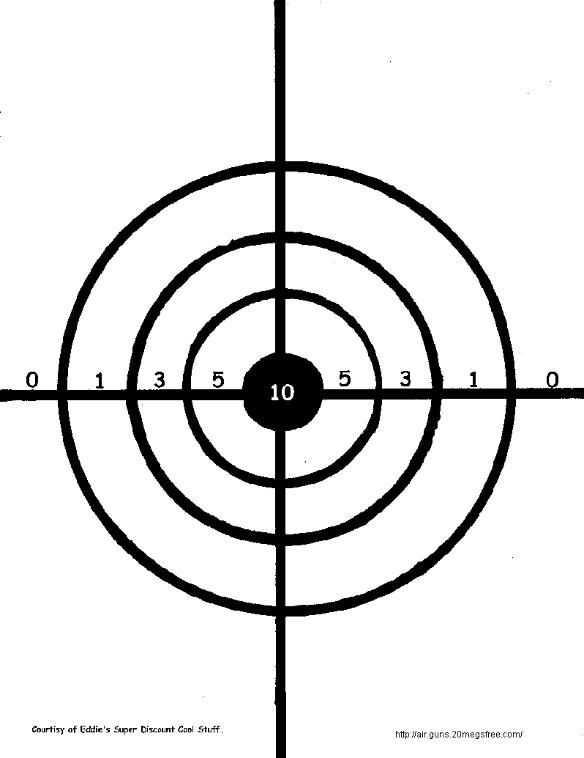

A healthy wild rabbit on the left and an infected pet rabbit on the right.
The disease myxomatosis in rabbits is caused by a virus. The virus is a type of pox virus which grows best in the skin of rabbits.The very first signs we can see are puffy, fluid swellings around the head and face. 'sleepy eyes' are a classic sign along with swollen lips, tiny swellings on the insides of the ear and puffy swellings around the anus and genitalia. Within a day or so, these swellings can become so severe as to cause blindness and there may become some distortion around the face, mouth, ears and nose.
A major insect parasite which transmits the disease in this country is the rabbit flea. Although this has never been proved, there is strong circumstantial evidence that mosquitoes transmit Myxomatosis in the United Kingdom. Myxomatosis virus can remain alive in the blood of fleas for many months and it is probably by over wintering of fleas in rabbit burrows the disease is transmitted from year to year.
As the mosquito or flea bites the rabbit a small amount of the live virus is placed in the skin of the rabbit as the insect sucks blood. Within a few days the virus is transmitted to a local lymph node and then passes into the blood of the rabbit which enables it to be moved around to several sites. The virus mainly multiples in the skin around the eyes, the nose, the face, the soft skin inside the ears and also the skin around the anus and genitals of the rabbit.
The incubation period varies slightly from one animal to another but can be as short as five days and as long as fourteen days. Some animals may survive for weeks or months after infection but, in general, if the infection is severe in a susceptible rabbit, death occurs within twelve days.
Within a short space of time, affected rabbits become blind because of the swelling around the eyes and for this reason feeding and drinking is often difficult. However, one can sometimes see wild rabbits suffering from Myxomatosis quietly grazing. Of course, at this stage many rabbits become prey to animals such as foxes and other predators. Other rabbits may well become injured or killed on roads but the common cause of death is a secondary lung infection which often occurs around day eight after the initial incubation of the disease.
Not all affected rabbits die. Although recovery is rare in the wild (probably less than 10% of wild rabbits eventually recover from myxomatosis).
It is easy to spot infected rabbits as they will stay out in the open in daylight, apparently grazing happily, the real reason they are in the open is that they are blind and are having difficulty breathing as their lungs slowly fill with liquid.
Look for the closed and weeping eyes.
I approach them quietly from downwind and despatch them with a well placed head shot.
As a matter of course I despatch all 'Myxi' infected rabbits that I find , I bag them up and remove them from the field.
General info:
Feral Pigeons 
Often referred to as the 'flying rat' these scruffy individuals look more like oily rags than birds, congregating on or around public buildings fowling ledges and the ground below (causing a slip hazard). The build up of debris from roosting Pigeons can cause blockage of guttering and drainpipes plus damage to roof top machinery.
Feral pigeons are believed to have descended from domesticated strains of the Rock Dove and it continues to interbreed with racing pigeons and pigeons from bird fanciers' lofts, typically they produce four or more clutches of two eggs per year. They build their nests from any materials they can find (including plastic) on ledges / inside derelict buildings and on emergency stairways.
Feral Pigeons can carry several species of mites which can cause severe irritation of the skin. Numerous secondary insects are found infesting the droppings. Because of all the bacteria, fungal agents and ectoparasites found in pigeon droppings they can be considered a health hazard.
Pigeons do not migrate, their natural instinct is to stay near their birth site. Their presence in and around public places, factories, restaurants/cafes, farms, docks and hospitals make them the No1 (#1) urban pest !
An air rifle is ideal for despatching this urban and rural pest !
Do Not Feed Feral Pigeons
Rabbits 
The UK Rabbit population is now estimated to be about 37.5 million pre-breeding animals. A female rabbit can produce around 20 offspring each year, which are known as kittens. As a result the rabbit is now the most commonly seen mammal in Britain. When the population peaks in summer there can be as many as 300 million!
In their present numbers rabbits can be a serious pest to farmers by causing reduced crop yields, damage to trees and young saplings and erosion of ground around their warrens. Consequently, in the interests of crop and environment protection, they provide much sporting opportunity, and are taken by a variety of methods.
On the positive side, rabbits grazing on downlands can form an essential habitat for butterflies and other insects.
Rabbits can grow to approximately 45cms in length and are the largest air rifle quarry. Airgunners can take large numbers of rabbits when using stealth tactics.








